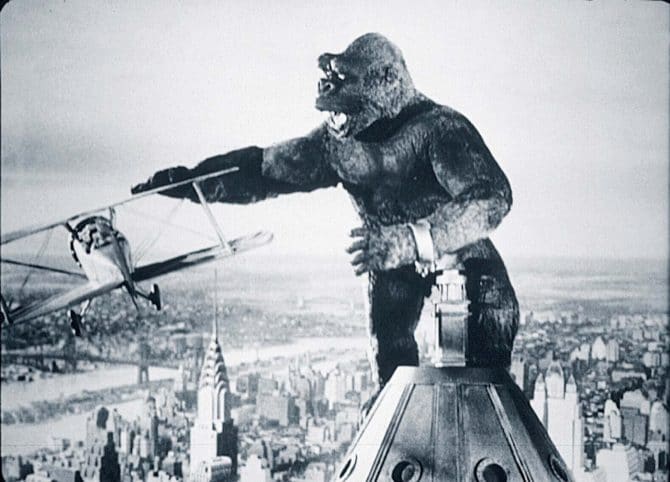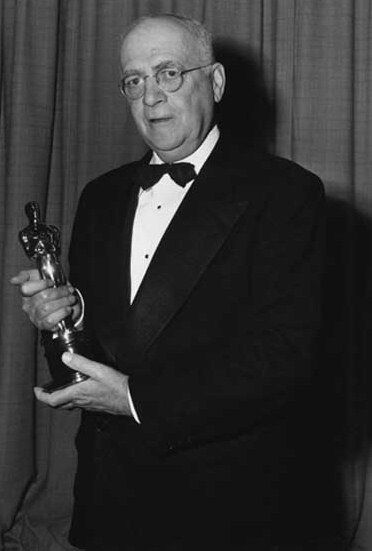When you think of movies made by Oaklanders, what comes to mind first? Of course there are a lot of options, because tons of famous movies and movie industry people have ties to Oakland.
In recent years Oakland filmmakers Ryan Coogler (Black Panther, Fruitvale Station), Boots Riley (Sorry to Bother You), and Daveed Diggs and Rafeal Casal (Blindspotting) have used Oakland as an inspiration and a setting for their films. Famous actors and directors like Tom Hanks, Mahershala Ali, and Clint Eastwood were born or raised Oakland. The AT-AT Walkers in Star Wars were supposedly inspired by the cranes at the Port of Oakland. Frank Oz got his start as a puppeteer at Children's Fairyland, where he first met Jim Henson. Even going way back to the days of silent film Charlie Chaplin and Fatty Arbuckle were filming movies in Oakland.
If you want to learn more about Oakland's ties to the movie industry, stop by the Oakland History Center. Now is an especially good time to do it, because we currently have an exhibit about Oakland's biggest star. Who could it be? Someone who can easily climb a skyscraper.... King Kong! What? Yes, even King Kong is sort of from Oakland!

Sure, he's a fictional mega-ape, but his creator Willis O'Brien was a very real person, born and raised in Oakland. Willis O'Brien was the inventor of the 3D stop-motion animation technique used in the movies The Lost World (1925), King Kong (1933), and Mighty Joe Young (1949) among many others. The current exhibit in the Oakland History Center tells the fascinating story of O'Brien's life and work, as compiled by lifelong O'Brien fan Miron Murcury.
Here are some highlights from Willis O'Brien's career:
The Lost World, in 1925, was the first full-length movie to use stop-motion animation as the primary special effect. O'Brien combined stop-motion animation of model dinosaurs with live-action footage, to the amazement of audiences in the 1920s, resulting in the first blockbuster dinosaur movie. You can watch The Lost World here on hoopla with your Oakland Library card.
King Kong, in 1933, was O'Brien's next big project and his most famous special effects creation. O'Brien refused to accept an Academy Award for the effects in King Kong, insisting that his entire crew should receive awards rather than just one for himself. King Kong became one of the most famous movie icons - he's since appeared in 11 movies (not including the original) and 3 television series, as well as numerous cartoons, comic books, and songs. You can check out a dvd of the original King Kong here or here.
Mighty Joe Young, in 1949, was another giant ape story - perhaps an attempt to recapture some of the magic of King Kong. O'Brien was finally awarded an Academy Award for Best Visual Effects for his work on this film. O'Brien's protégé Ray Harryhausen, who later became one of the best known monster movie animators, assisted him on Mighty Joe Young. You can request a DVD through LINK+ here.

If you're interested in learning more about Willis O'Brien and his creations please stop by the Oakland History Center any time the library is open. The exhibit provides a fascinating look behind the scenes for anyone who's ever been curious about pre-digital special effects. It also tells O'Brien's tragic personal story, including a difficult childhood, an unhappy marriage, the murder of his two children, and his struggles to receive credit and compensation for his professional work.
Willis O'Brien: The Oaklander who brought King Kong to Life, is on display on the second floor of the Main Library now through May 27.



Add a comment to: Willis O’Brien : Oakland’s own animation pioneer